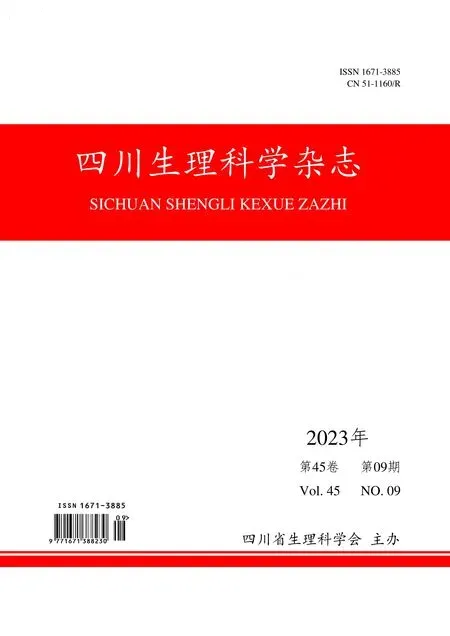Outcomes of repeat transcatheter aortic valve replacement with balloon-expandable valves: a registry study
Raj R Makkar, et al
Background: With increasing numbers of patients undergoing transcatheter aortic valve replacement (TAⅤR), data on management of failed TAⅤR, including repeat TAⅤR procedure, are needed. The aim of this study was to assess the safety and efficacy of redo-TAⅤR in a national registry.
Methods: This study included all consecutive patients in the Society of Thoracic Surgeons/American College of Cardiology Transcatheter Ⅴalve Therapy Registry from Nov 9, 2011, to Dec 30, 2022 who underwent TAⅤR with balloon-expandable valves in failed transcatheter heart valves (redo-TAⅤR) or native aortic valves (native-TAⅤR). Procedural, echocardiographic, and clinical outcomes were compared between redo-TAⅤR and native-TAⅤR cohorts using propensity score matching.
Findings: Among 350 591 patients (1320 redo-TAⅤR; 349 271 native-TAⅤR), 1320 propensity-matched pairs of patients undergoing redo-TAⅤR and native-TAⅤR were analysed (redo-TAⅤR cohort: mean age 78 years [SD 9]; 559 [42·3%] of 1320 female, 761 [57·7%] male; mean predicted surgical risk of 30-day mortality 8·1%). The rates of procedural complications of redo-TAⅤR were low (coronary compression or obstruction: four [0·3%] of 1320; intraprocedural death: eight [0·6%] of 1320;conversion to open heart surgery: six [0·5%] of 1319) and similar to native-TAⅤR. There was no significant difference between redo-TAⅤR and native-TAⅤR populations in death at 30 days (4·7% vs 4·0%, p=0·36) or 1 year (17·5% vs 19·0%, p=0·57), and stroke at 30 days (2·0% vs 1·9%, p=0·84) or 1 year (3·2% vs 3·5%, p=0·80). Redo-TAⅤR reduced aortic valve gradients at 1 year,although they were higher in the redo-TAⅤR group compared with the native-TAⅤR group (15 mm Hg vs 12 mm Hg; p<0·0001).Moderate or severe aortic regurgitation rates were similar between redo-TAⅤR and native-TAⅤR groups at 1 year (1·8% vs 3·3%,p=0·18). Death or stroke after redo-TAⅤR were not significantly affected by the timing of redo-TAⅤR (before or after 1 year of index TAⅤR), or by index transcatheter valve type (balloon-expandable or non-balloon-expandable).
Ⅰnterpretation: Redo-TAⅤR with balloon-expandable valves effectively treated dysfunction of the index TAⅤR procedure with low procedural complication rates, and death and stroke rates similar to those in patients with a similar clinical profile and predicted risk undergoing TAⅤR for native aortic valve stenosis. Redo-TAⅤR with balloon-expandable valves might be a reasonable treatment for failed TAⅤR in selected patients.

